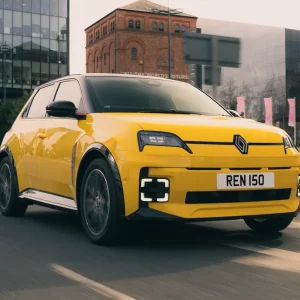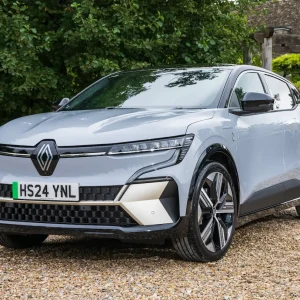Increased awareness of duty of care issues means operators are fitting a variety of manual handling aids to their vehicles. However, not only do they make loading easier, they can also makes solid business sense, as Steve Banner reports
Back pain can be an expensive business. It’s estimated that back trouble costs UK business in the region of £5bn a year. It can lead to a key worker being off sick for weeks on end and might mean they’re incapable of returning to their previous job. In that situation, a replacement would have to be found, either temporarily or permanently, and that may not always be easy.
But as well as the cost in absenteeism, there’s another way in which a firm could end up losing money. An employee suffering a bad injury at work could take legal action for the company failing to provide the equipment needed to lift and manoeuvre heavy items. That could mean a hefty bill for compensation, not to mention substantial legal costs. The company could also find they are in court for breaking the 1992 Manual Handling Operations Regulations. Like we said, back pain can be an expensive business.
To fulfil their duty of care obligations, and to avoid the above unwanted scenarios, a growing number of businesses operating light commercial vehicles are fitting tail lifts or light cranes to reduce the risk of workers suffering back injuries.
Avoiding employee injury – and possible litigation – isn’t the only reason for investing in mechanical handling aids, however. They can improve efficiency by speeding up the time it takes to deliver goods, result in reduced damage to consignments – no more dropping vulnerable packages out of the back of a Luton – and cut wage bills too. It may also be possible to complete deliveries that used to require two people with just one thanks to judicious use of a tail-lift.
Training
No matter whether they are fitted to 3.5-tonners or heavy trucks, tail-lifts should have sufficient capacity to handle the job in hand and should be fitted with a decent-sized platform to give users room to manoeuvre when they are loading and unloading.
If there isn’t a big enough platform, and no safety gates are in place, there’s always the danger that a driver and the load they’re struggling with will topple off the edge.
Anybody proposing to use a tail-lift or crane should receive some basic training and both types of device should be inspected and serviced regularly to ensure efficient, cost-effective and, above all, safe operation. Maintenance isn’t expensive – a service is unlikely to cost more than a minor service for a small car – and can be arranged under contract.
Finally, all sorts of other safety devices are built into tail lifts and cranes these days to stop them being overloaded or becoming unstable and to prevent them from trapping peoples fingers and toes.
Ramps
Of course, you don’t have to have a tail lift or crane – one of the simplest ways of loading and unloading cargo is to make use of an onboard ramp, and WM System is one company that supplies them. The ramps weigh as little as 40kg yet will handle weights of from 350kg to 1500kg. They don’t need servicing, either, they’re easy to use, and they should last for ages if you don’t abuse them.
It doesn’t matter what manual handling aid you choose, though – just make sure you pick one. There is something out there for just about any application these days, and with legislation becoming ever tougher, they are now a necessity, not an option.





